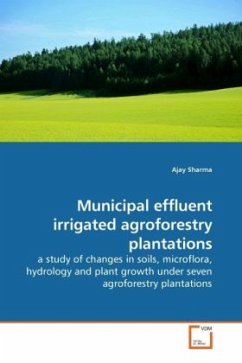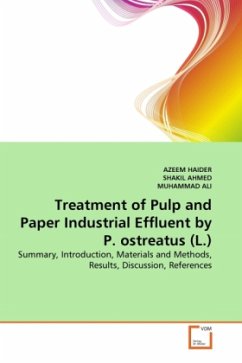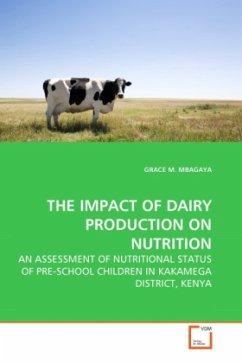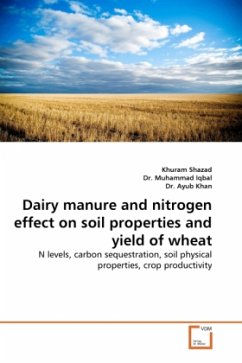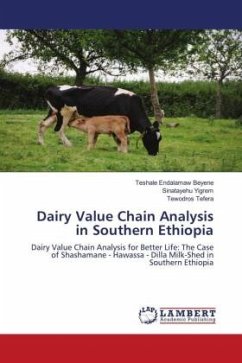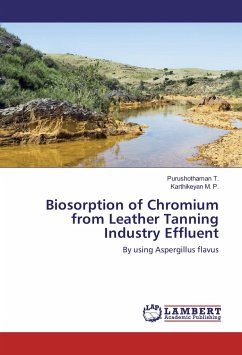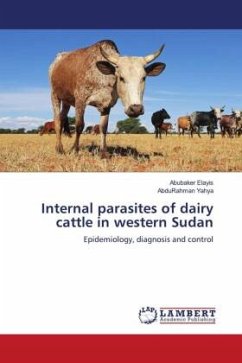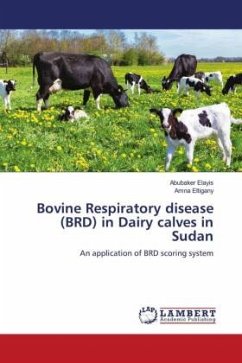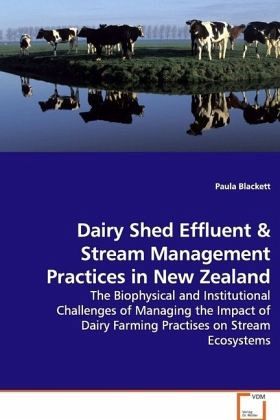
Dairy Shed Effluent
The Biophysical and Institutional Challenges of Managing the Impact of Dairy Farming Practises on Stream Ecosystems
Versandkostenfrei!
Versandfertig in 6-10 Tagen
52,99 €
inkl. MwSt.

PAYBACK Punkte
26 °P sammeln!
In 2001, Fish and Game New Zealand accused the New Zealand Dairy Industry of destroying the community s natural water resources through a combination of point and diffuse source pollution and stream habitat modification. The debate that followed was around conflicting values and use of rural water resources, who is responsible for degradation and what should be done. This book examines aspects of the debate through scientific and social frameworks using three interrelatedinvestigations. First, laboratory microcosms areused to compare dairy shed effluent from different treatment technologies an...
In 2001, Fish and Game New Zealand accused the New
Zealand Dairy Industry of destroying the
community s natural water resources through a
combination of point and diffuse source pollution
and stream habitat modification. The debate that
followed was around conflicting values and use of
rural water resources, who is responsible for
degradation and what should be done. This book
examines aspects of the debate through scientific
and social frameworks using three interrelated
investigations. First, laboratory microcosms are
used to compare dairy shed effluent from different
treatment technologies and test the role of dilution
as a mitigation strategy. Second, conclusions from
the laboratory are challenged in the field where the
effects of dairy shed effluent discharges are
complicated by on-farm stream management practices.
Third, key findings are used to evaluate current
and alternative governance structures to see if they
could facilitate improved on-farm stream management
practices. An examination of biophysical and social
dimensions in this manner would be of value to those
with an interest in the management of complex
environmental issues.
Zealand Dairy Industry of destroying the
community s natural water resources through a
combination of point and diffuse source pollution
and stream habitat modification. The debate that
followed was around conflicting values and use of
rural water resources, who is responsible for
degradation and what should be done. This book
examines aspects of the debate through scientific
and social frameworks using three interrelated
investigations. First, laboratory microcosms are
used to compare dairy shed effluent from different
treatment technologies and test the role of dilution
as a mitigation strategy. Second, conclusions from
the laboratory are challenged in the field where the
effects of dairy shed effluent discharges are
complicated by on-farm stream management practices.
Third, key findings are used to evaluate current
and alternative governance structures to see if they
could facilitate improved on-farm stream management
practices. An examination of biophysical and social
dimensions in this manner would be of value to those
with an interest in the management of complex
environmental issues.



